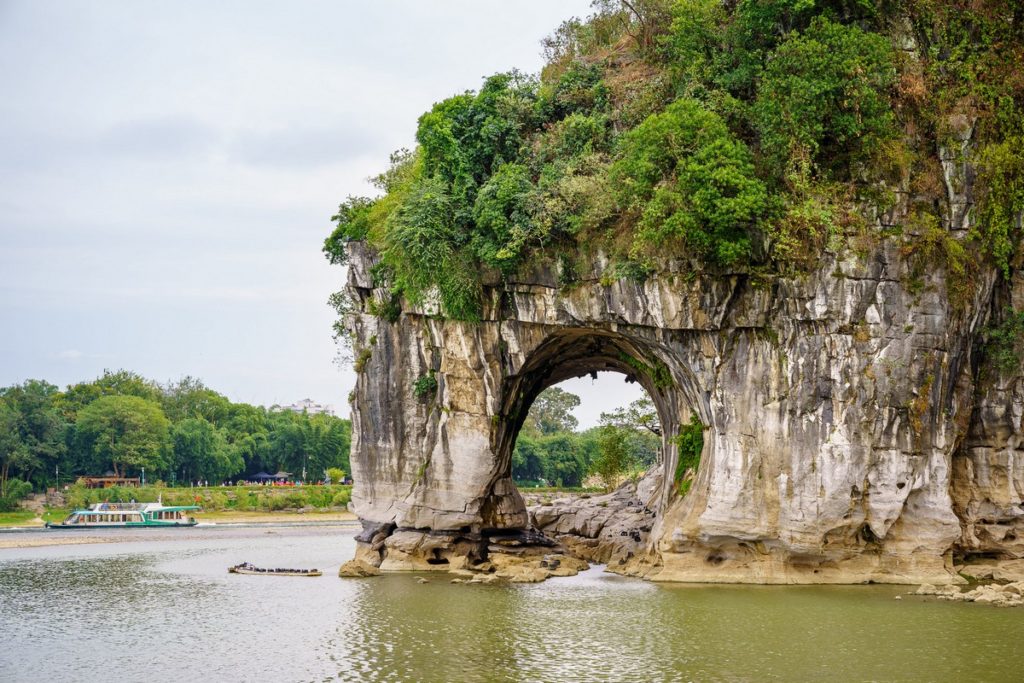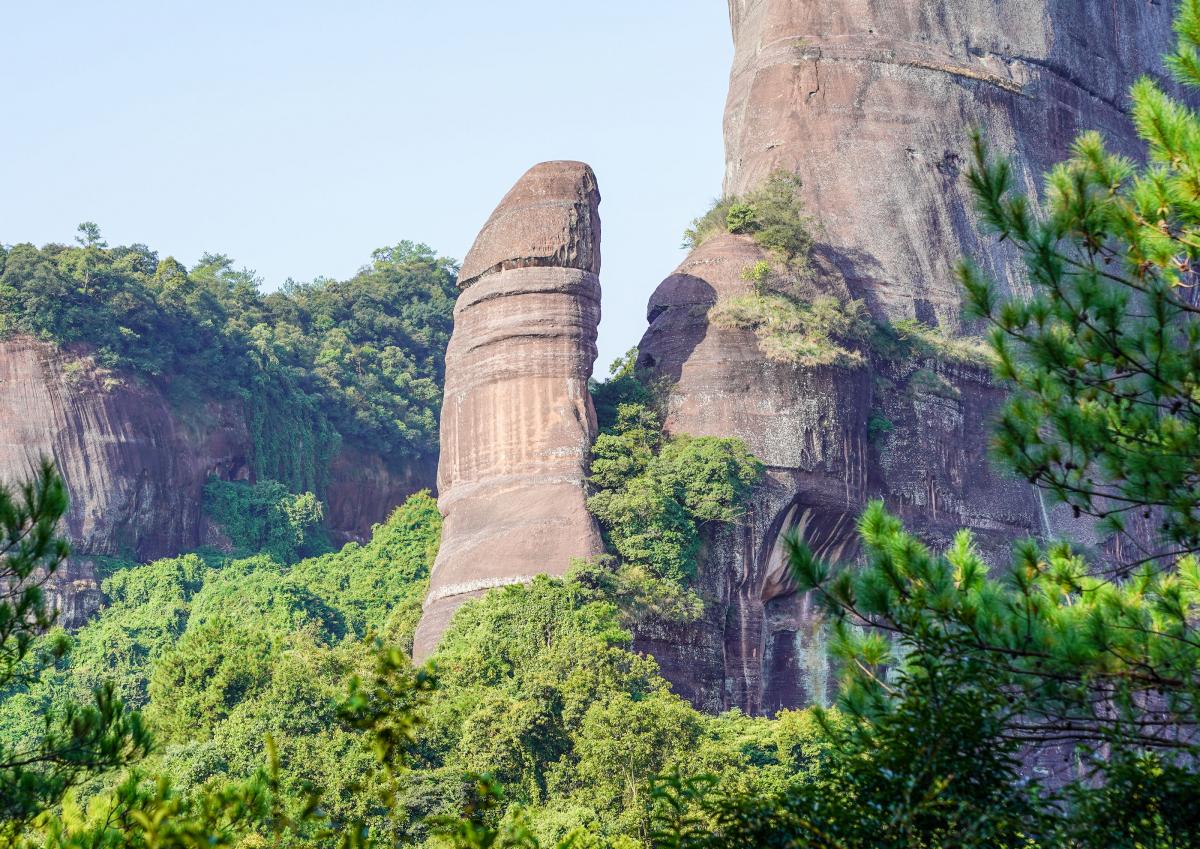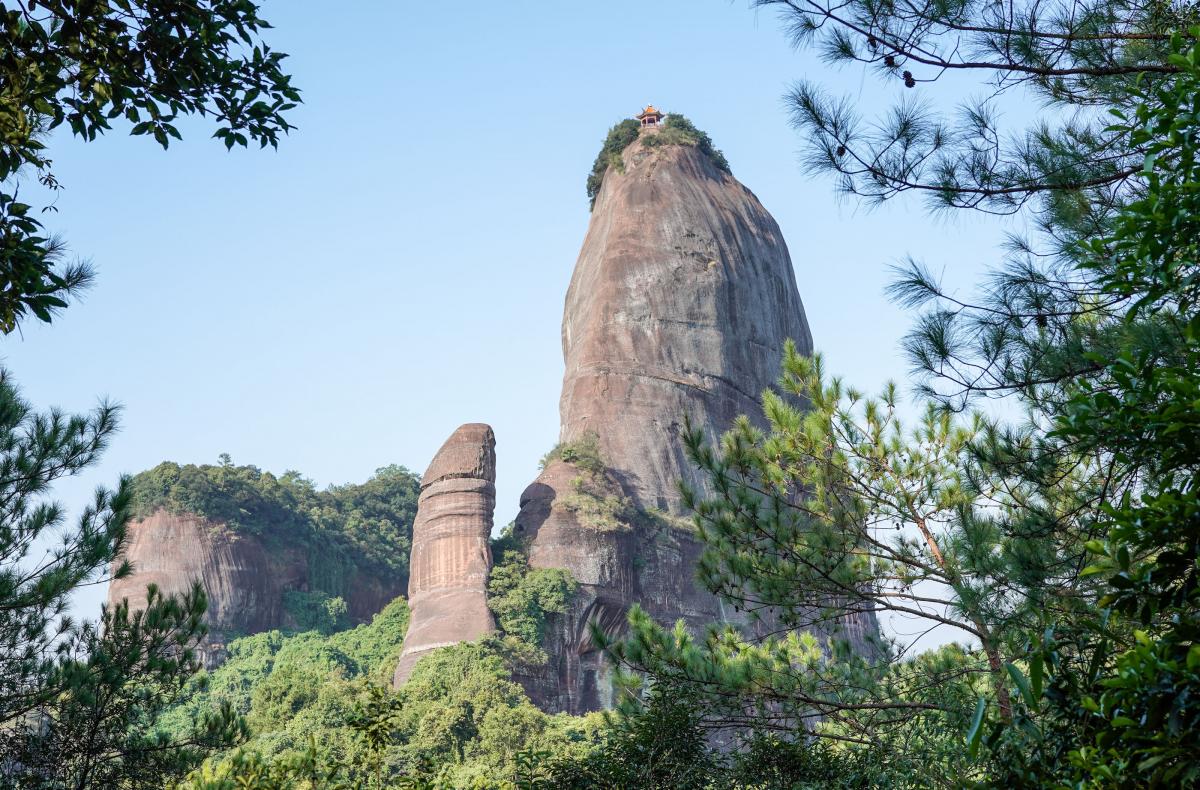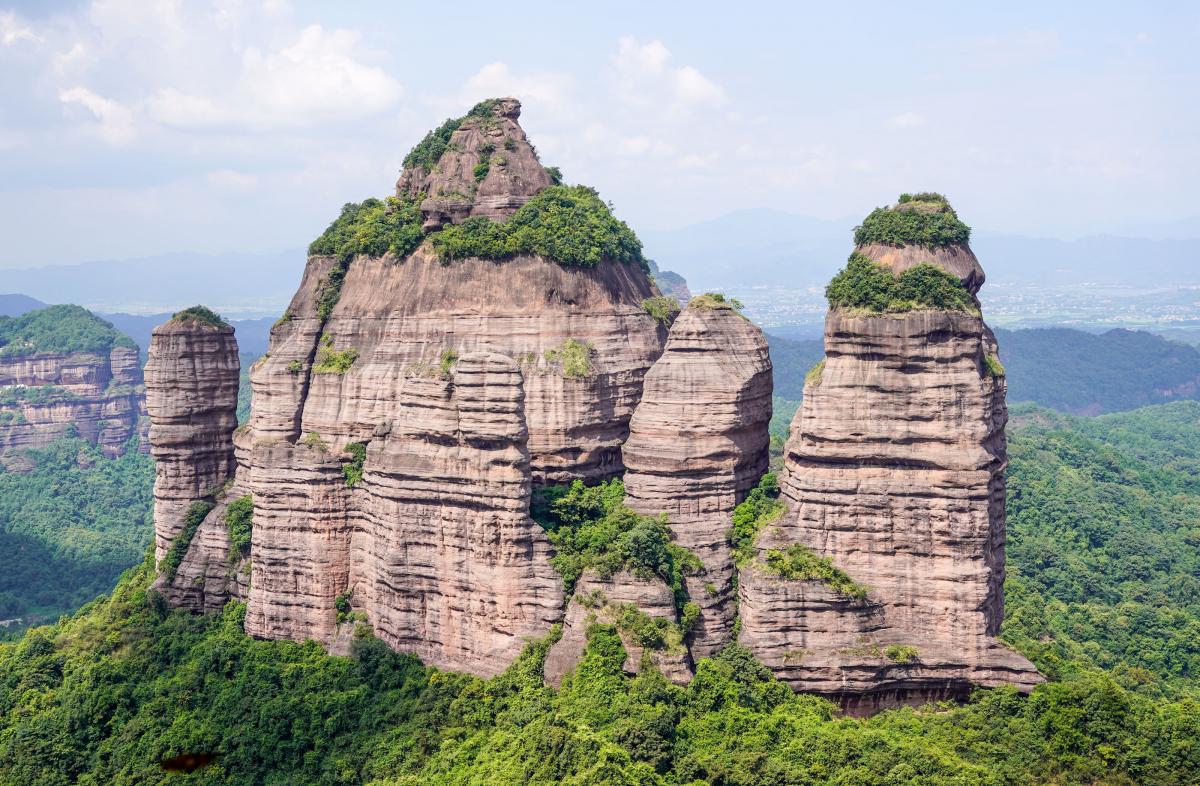Many of you may have noticed that I rarely write about food. Photos of food or meals on Instagram are not my strong suit :) However, it would be wrong to say I’m indifferent to food. Absolutely not! These are my favorite kinds of cuisine:
- Chinese cuisine. To be more precise, all types of Chinese cuisine, and above all, South Xianggang cuisine (is that the proper name for it?).
- Japanese cuisine. To be more precise, all types of Japanese cuisine with their fresh, fried, grilled, roasted, boiled, etc. food. (Which reminds me of this video about the mysteries of Japanese cuisine.)
- All other Asian food.
- The entire culinary spectrum of the Caucasus. (The challenge here is to stay within the confines of lunch and dinner rather than succumbing to all-out gluttony…which I don’t think is right.)
- Borscht.
- That’s probably enough, or we may descend into the aforementioned gluttony :)
So now, I need the help from the audience.
There is a remarkable vegetable that grows in China (or, more correctly, on Hainan island). When cooked, it looks like this:
Its name in Mandarin is 四角豆.
“Four-cornered beans” according to my translation tool. Indeed, this veg has a very distinct four-cornered stalk. When preparing it, they chop the stalk at an angle (which results in rectangles with sharp corners) and pour on some seasoning.
I’ve never seen this vegetarian dish anywhere outside Hainan, and that includes Hong Kong which is just next door. This vegetable only grows in Hainan, and that’s where it all seems to get eaten.
So, two questions.
- What’s the proper name for this vegetable in Russian and English?
- Just in case I’m wrong, does anyone know if this tasty veg is on sale anywhere outside China? Would be great to know.
Thank you all in advance!
// After all that I have a strong urge to go and have lunch :)







![YOU CAN NEVER GET TOO MANY AWARDS. SEE 1ST COMMENT FOR ENGLISH ⏩
"А из нашего окна страна Австрия видна!" - практически (с). Но в этих австриях я был не смотреть из окна, а по многочисленным деловым делам, первое из которых - лично получить несколько важных наград и множество сертификатов от независимой тестовой лаборатории AV-Comparatives.
Это далеко не первая наша награда. Скажу больше - на протяжении последних десяти лет по результатам независимых тестов к нам даже близко ни один конкурент не подобрался. Но почему тогда такое внимание конкретно к этой победе? Ответ простой: густопопсовый геополитизм. В наше весьма геополитически [очень мягко говоря] непростое время... Ну, если отбросить все казённые слова, то будет, как в известном анекдоте про поручика Ржевского. В той самой истории, когда ему указали повторить свою фразу без матерщины. На что тот ответил: "Ну, в таком случае я просто молчал".
Так вот, в наше "поручико-ржевско-молчаливое время" участвовать и получить первые места в европейских тестах - это за пределами научной и ненаучной фантастики. Что в целом совпадает с одной из основных парадигм моей жизни: "Мы делаем невозможное. Возможное сделают и без нас" (с). Большими трудами и непомерными усилиями - да! Это можно! Мы заделали такие продукты, такие технологии, такую компанию - что даже в непростое время нас и в Европах знают, уважают, любят и пользуются. Ура!](https://scontent-iad3-2.cdninstagram.com/v/t51.29350-15/430076034_1096357205018744_692310533755868388_n.heic?stp=dst-jpg&_nc_cat=103&ccb=1-7&_nc_sid=18de74&_nc_ohc=XLII-tX29aoAX80SM4u&_nc_ht=scontent-iad3-2.cdninstagram.com&edm=ANo9K5cEAAAA&oh=00_AfBINCtkZ3-r_aTvdSC36JELI05V6PuBnMWs672PK3GsBQ&oe=65E63D48)






































